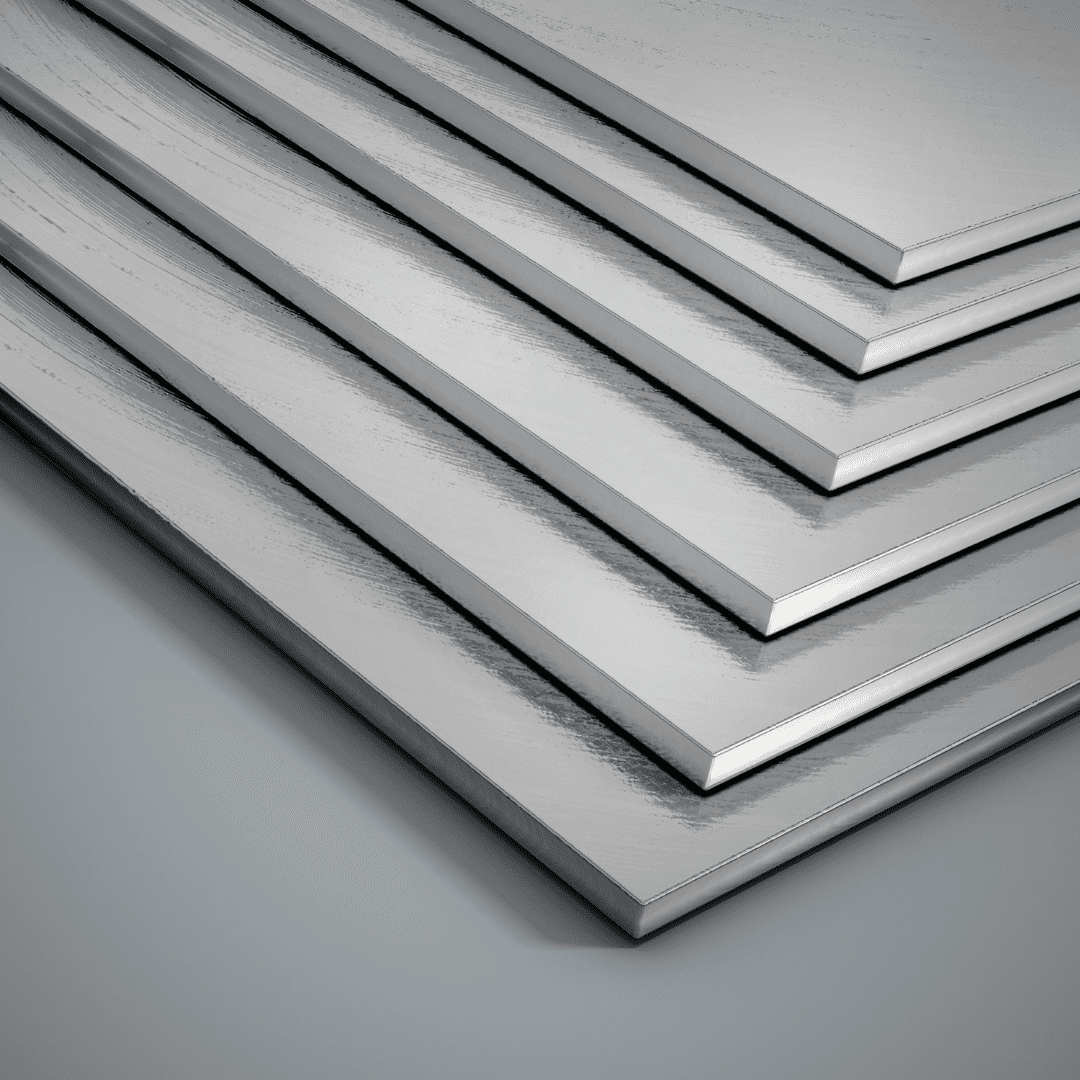Sheet metal fabrication is vital. Consider this.
According to ISQ Directory:
“Precision sheet metal fabrication is a common manufacturing process where the structure of a metal workpiece is cut, bent, and assembled by machining. There are any number of operations that are performed in the creation of a finished sheet metal product. Most of the applications are completed using highly sophisticated software applications and technically advanced equipment. The resulting products are of the highest quality meticulously designed and assembled.
“From the construction of airplanes to the production of computers, precision sheet metal fabrication has a hand in producing components, parts, and materials. Over $300 billion dollars of products and parts are produced every year using metal fabrication. Every aspect of society depends on the materials produced using the fabrication processes.
“There are several techniques used in precision sheet metal fabrication. Each function is designed to perform a specific task necessary for completion of the end product. The main reason for its popularity is its ability to produce large runs of items at low cost. To ensure quality and avoid production errors, designers and engineers carefully plan how metal material will be fabricated to achieve maximum efficiency. Once the customized design is completed and flaws are engineered out, the rendering is sent on for metal fabrication. This careful attention to detail is the reason that so many of the products we use perform so well.
“Though much of metal fabrication has been automated and is performed by computer controlled machines, the process of automating the skill and precision of sheet metal fabrication is extremely complicated and difficult. Modern metal fabrication is completed by 12% of the workforce in the United States. Much of what is produced is done by programmed equipment that is monitored by highly trained and skilled technicians. In some cases, when there are miscalculations or errors in machine functions, parts that have been automatically fabricated have to be manually finished.
“For thousands of years, manufacturers, tradesmen, craftsmen, and producers have worked to perfect and improve on how metal is fabricated for use in building construction, equipment manufacturing, and home appliance production. The development of this essential manufacturing process has progressed from a man hammering raw metal into shape to modern technical devices that do not require human intervention.
“Regardless of the method of sheet metal fabrication, it involves a set of functions specifically designed to take an unshaped flat piece of metallic material and reform it into a useful design. This may involve cutting, welding, bending, drilling, shearing, grinding, and several other reshaping processes. Each operation is meticulously laid out in a design or blueprint that serves as a guide and road map for the craftsmen and skilled professionals.
“In recent years, since the 1980’s, sheet metal fabrication has been removed from the hands of welders, seam cutters, and other manual labor and put under the control of computer programs. Today’s customers demand high quality in the products they use and purchase. To meet this ever growing paradigm, producers have worked to remove any potential possibilities for errors in production. Initially, they developed NC, numerical control, as a method of programming equipment and removing the need for labor. Though the concept did improve production methods, it had flaws.
“In the late 70’s and early 80’s, the greatest advancement in modern production was introduced and drastically changed the landscape of manufacturing. It was called CNC, computer numerical control. Unlike NC, where instructions were given to a machine using punch cards or tape, CNC was able to download instructions into a controller directly from a computer. The enhancements to sheet metal fabrication were far beyond the expectations of producers. Flawless parts and components were instantly fabricated to the exact specifications of their design. Every part was replicated perfectly from the first one produced to the last.
“The demands of the public for high quality and excellent performance were being met and exceeded with the new technologies that provided high quality products at a reasonable cost. The advancements in metal fabrication were assisted by the development of design software capable of creating designs to be directly downloaded into CNC machines.
“CAD, computer aided design, became the first choice for creating designs and renderings. Fantastic ideas could be tested, examined, modeled, and quality checked through a set of instructions entered into a computer program. The combination of CAD and CNC revolutionized product production without significantly increasing costs. Manufacturing for the 21st Century had begun.
“In essence, a designer or engineer can create any form in 2D or 3D, test it for flaws and tolerances, download it, and send it on to a CNC machine for production. Much of the time of production is in the design phase where problems, errors, and miscalculations are corrected. Once the final configuration is approved, it is a simple matter of transforming CAD language into a set of commands for the CNC machine. Manual labor, material handling, and other costs are minimized as technically programmed machines produce perfect parts.
“Metal fabrication, in all of its forms, has been a partner of society throughout history and most likely will remain so into the future. Metals and humankind are bound together.”






